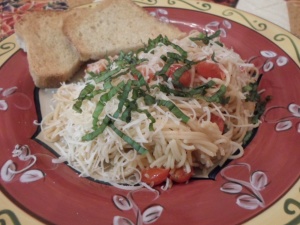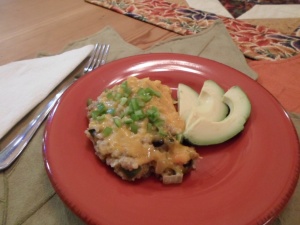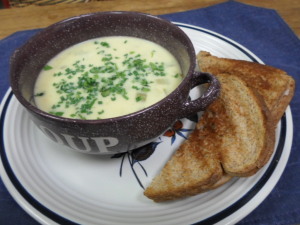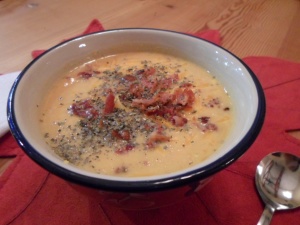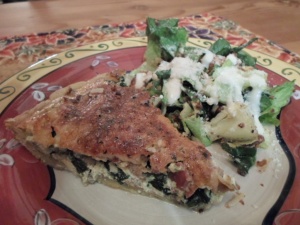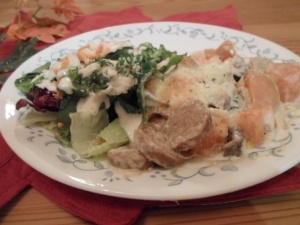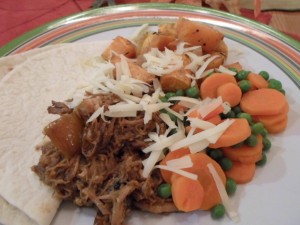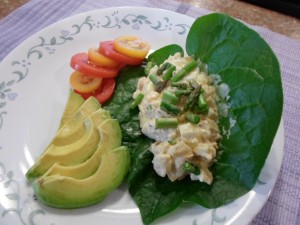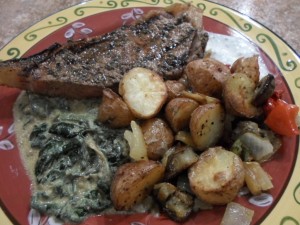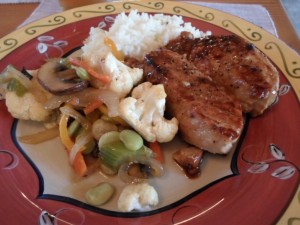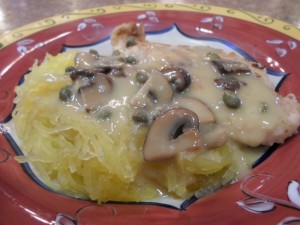I spent every second possible last week outside. I love that weather and while taking stock of work still needing to be completed, I wandered into my weedy tired garden. What a blessing to find ripe red cherry tomatoes. After tasting one, I found it sweet and flavorful. There’s nothing like home-grown tomatoes.
I picked all I could hold in the hem of my T-shirt and made a mental note to get back out there before the frost this week. I’m sure I will have a bushel of green tomatoes and peppers to pick.
After an exquisite day outside, I wanted something light and quick for dinner, and why not use some of that produce I picked?
Macerated Cherry Tomatoes
4 c. cherry tomatoes, halved
1 small onion, small diced
1/2 green pepper, small diced
1 glove garlic, mined
2 Tbsp. capers,
1/3 cup olive oil
1/3 cup balsamic vinegar
Salt and pepper to taste
Mix all ingredients together and let sit on the countertop for at least 1 hour. If you have the time, five hours is even better. Marinating in this way brings out the natural sweet juices of the vegetables.
I cooked 12 ozs. of angel hair pasta in salted water, drained and returned to the pot. Stirring in a little olive oil will keep the noodles from sticking while the hot pot reduces excess water.
Since I marinated my vegetables in a large serving bowl, I just dumped the pasta on top and tossed the everything together along with 1 cup of Parmesan cheese.
Fresh basil was still available in the garden, so I chopped some for garnish. I served that dish at just above room temperature along with buttered toasted sourdough bread.
The macerated cherry tomatoes are also good on toasted bread or bruschetta. Store any leftovers in the refrigerator and the next day they also spruce up a simple green salad, no other dressing necessary.

